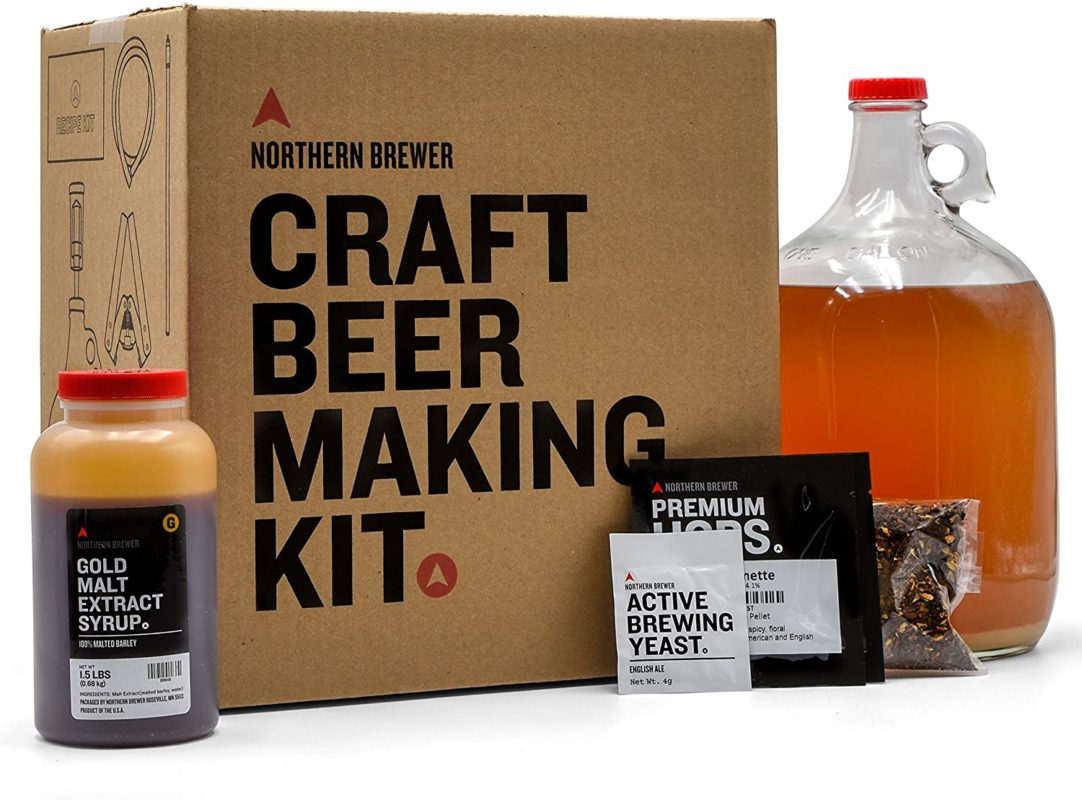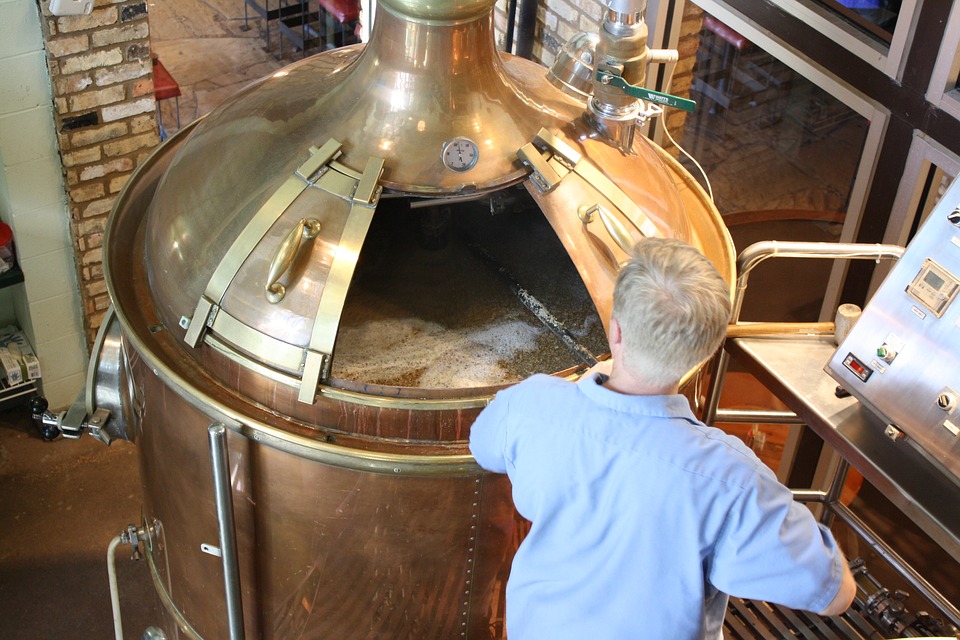Beer Science, Craft Beer
Craft Beer and Brewing
Craft beer is the term generally given to beers that are often brewed in small batches by independent, smaller breweries. It’s important to note that these beers are not produced on a massive scale. The fact that they are brewed in small batches every single year gives their brewers the time and the focus they need to emphasize the craftsmanship that is embodied by these beers.
This is why a lot of beer aficionados or people looking for excellence in brewing intentionally seek out unique tasting craft beers. Compared to regular beer, craft beers go through a longer process in perfecting their recipes.
Mass-produced, large scale manufactured beer in the United States are distributed and bottled by large corporations. Not so with craft beer. Both their brewing process and their recipes go through several versions and a lot of this is painstaking and involves a lot of trial and error as well as tradition.
The idea is by keeping things on a small scale, the craftsman behind the craft beer and brewing process will be able to come up with a product that caters to local tastes or regional preferences. This is why a lot of the craft beer and brewing companies that have cropped up all over the United States have fairly small regional coverage.
In fact, it’s not a surprise that a typical craft brewery would regularly service only a small district in a city at a certain portion of a state. That’s how localized they are and that’s what makes them so interesting and worth seeking out.
These craft breweries are also small enough in scale that they can release limited edition brews. Maybe they would have a Christmas season brew or there’s a special event and they would commemorate it with a specific limited production beer.
They also are more versatile in terms of incorporating different regional ingredients which, of course, impacts the flavor of the beer brewed from these materials. All these factors combine to make craft beer and brewing companies worth seeking out.
If you’re looking for something off the beaten path or something that reflects higher attention to detail and good old fashion brewing craftsmanship, you definitely should consider craft beer in your area.

The difference between craft beer vs regular beer
The process
Craft beer creation is more delicate. It usually requires a lot more attention to detail as far as ingredients, blending, and the whole brewing process goes.
That’s why its taste is quite distinctive and richer than regular beer. The flavors and alcohol content of a lot of craft beer tend to be more concentrated.
The kick
If you’re looking for a beer that has quite a bit of a kick, you can’t go wrong with craft beers. On average, they contain higher alcohol content than the regular beer that you can buy from any corner liquor store.
As a rule of thumb, craft beers usually come in at around 7% alcohol.
Flavor variety
The problem with regular beer is you’re basically stuck with the limited range of products each with their own distinct flavor. These are brewed, of course, for mass appeal. They can come up with very limited lines that can often discover a few dozen bottles.
This gives them the flexibility to innovate and come up with their own beer recipes. These recipes often evolve over time depending on customer preferences.
Flavor and color intensity
Craft beers are focused on flavor and the beer colors are stronger compared to the pale yellow color of regular beer.
Craft beer and brewing processes
Beer brewing is definitely an art. It is not just a collection of steps that you go through in mixing ingredients to produce beer. It takes the right ingredients and an eye towards flavor. That may seem pretty simple and straightforward, but it isn’t because a lot is riding on the experience of the brewmaster.
They have to get everything down right. Not only is craft beer dependent on the unique mix of barley, water, yeast, and hops, but the different sources of these ingredients also have an impact on their overall flavor combination.
The timing of the harvest of barley and hops can also play a role in the overall quality of the beer made from them. Local craft beer breweries also experiment with different types of grain to add some more complexity or personality to the typical 4 basic ingredients of beer which are barley, water, yeast, and hops.
The brewing process
Craft beer goes through the typical beer brewing process, but it does so on its own terms. While the steps are the same, there are small changes as well as timing decisions that can play a big role in the overall quality and taste of the final product.
What follows is the basic 5 steps of brewing beer. This is followed by craft beer and brewing companies, but they have their own unique twist depending on the experience of their brewmaster.
Step #1: Malting
The seeds go through malting to start the germination process. This activates the starch enzymes to create the sugars once yeast has been added to the mix.
Step #2: Mashing and lautering
Steeping the grains in hot water helps prepare them to open up their starch. This then leads to activating the starch enzymes and the release of sugars from the seeds. The next step is to separate the liquid or wort from the grains. This whole process is called lautering.
Step #3: Boil and add the hops
Adding hops and other spices to the wort is absolutely crucial. Hops are used to balance out the sugar through its bitter taste.
Hops also have compounds in them that act as natural preservatives for the beer mash. Different hops from different regions have different taste profiles which, of course, can influence the taste of the final beer product.
Step #4: Fermentation
This is where the magic happens. The fermentation process is started through the use of yeast. These are living organisms that are added to the mash of seeds, hops, and barley, which work to digest the sugar content of the carbohydrates in the mash.
There are 2 ways to apply the yeast though. There’s top cropping and bottom cropping. Depending on which method is used, this determines the type of beer produced whether it’s an ale or lager. Ales are often fermented in warm temperatures. They usually are ready after 3 weeks of fermentation.
Top cropping, on the other hand, is a brewing method used for making ales. Lagers are fermented in cooler temperatures and stored for months in cold temperatures. To create lager, the bottom cropping method for yeast introduction is used.
Step #5: Bottling
Once the beer has reached its fermented stage, the liquid is then transferred to bottles, cans, or kegs, and then allowed to age even more.
By knowing the process above, you can get a good idea on the production of craft beer and brewing considerations that need attention. It’s not just a simple matter of somebody clicking a button and out comes beer.
It takes a lot of attention to detail and sensitivity.

